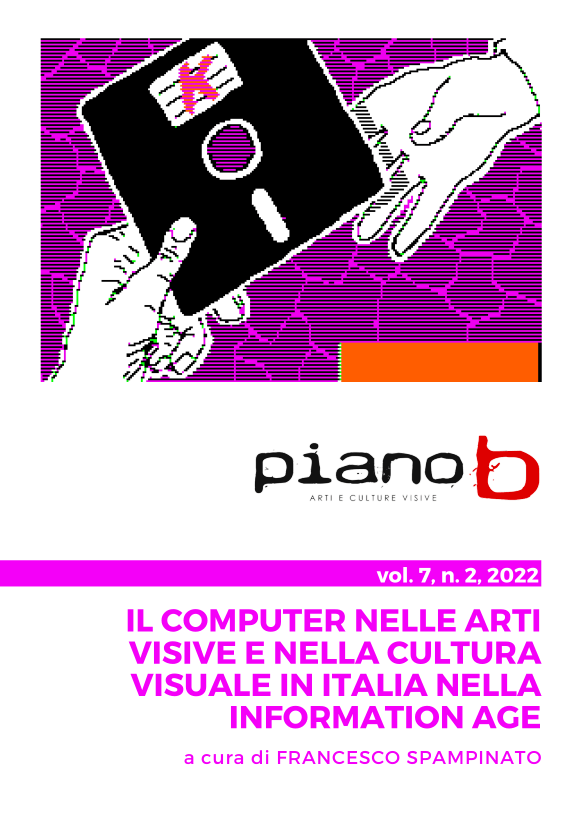Model, Metaphor, Analogy: The Computational Imaginary in Arte Programmata’s Experimental Environments, 1964-68
DOI:
https://doi.org/10.6092/issn.2531-9876/16341Parole chiave:
Arte Programmata, cybernetics, models, immersive environments, artificial intelligenceAbstract
This essay examines the immersive environments of Arte Programmata to make an argument about the significance of Italy within the global history of computer art. In environments made between 1964 and 1968 by artists of Gruppo T, Gruppo N, Gruppo MID, and Enzo Mari, the influence of computers is evident in the analogies between humans and machines: the artist as programmer, the audience as information network, and the artwork as alternately a mode of visual communication and a phenomenological confrontation with the impenetrable black box. Situating these works within artistic and political debates in Italy as well as transnational conversations about new media art, experimental psychology, and cybernetics, this essay unpacks the intricacies of early computer art in Italy while offering a critical analysis of one of the key terms—the model—used to articulate its political stakes. It argues that the ambienti demonstrate that computers were modeling new conceptions of the human, but these experimental artworks also, crucially, demand a critical reckoning with the political implications and epistemological limits of the model as such.
Downloads
Pubblicato
Come citare
Fascicolo
Sezione
Licenza
Copyright (c) 2022 Lindsay Caplan

Questo articolo è soggetto a Creative Commons Attribution-NonCommercial-ShareAlike 3.0 International License.




